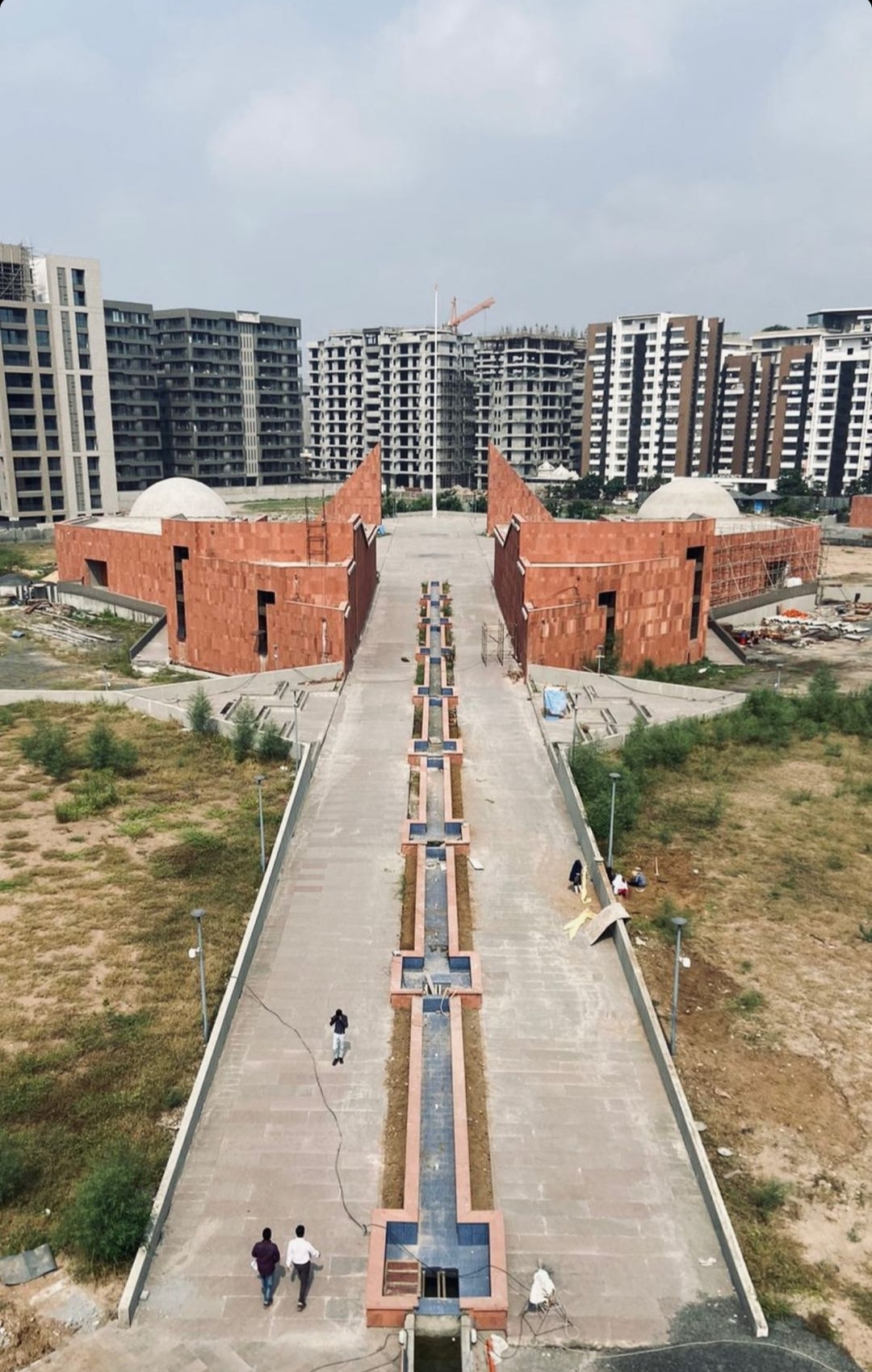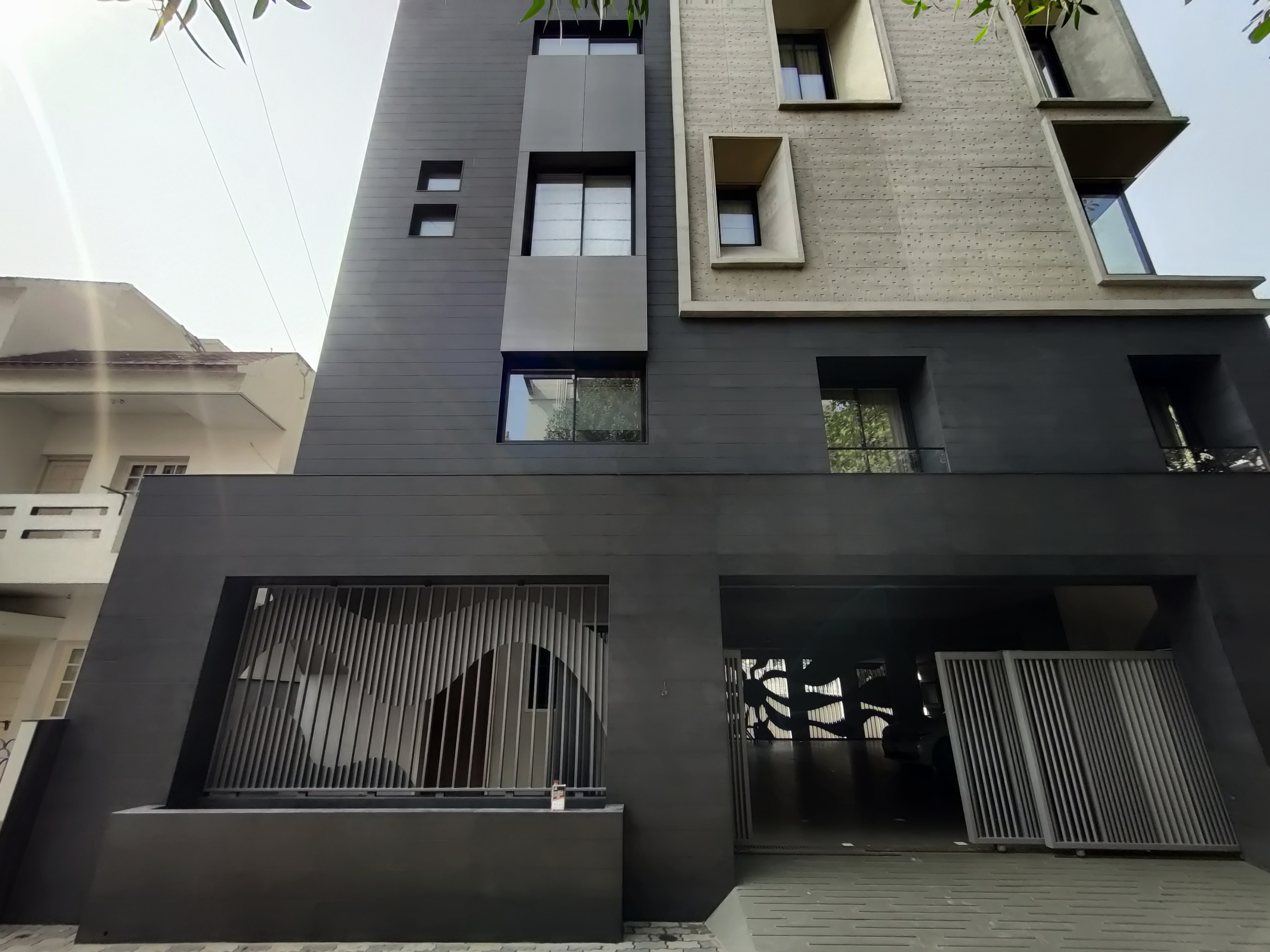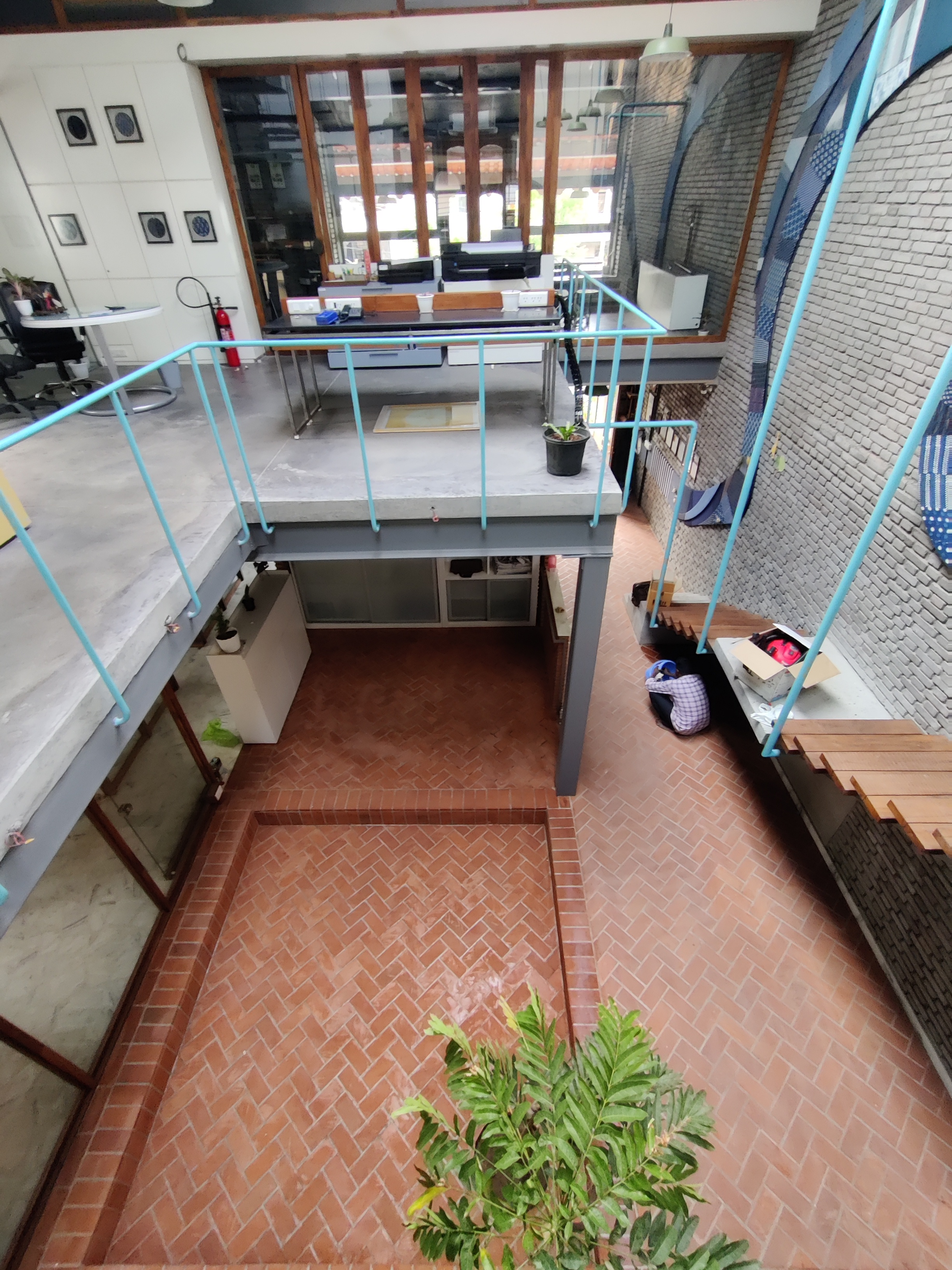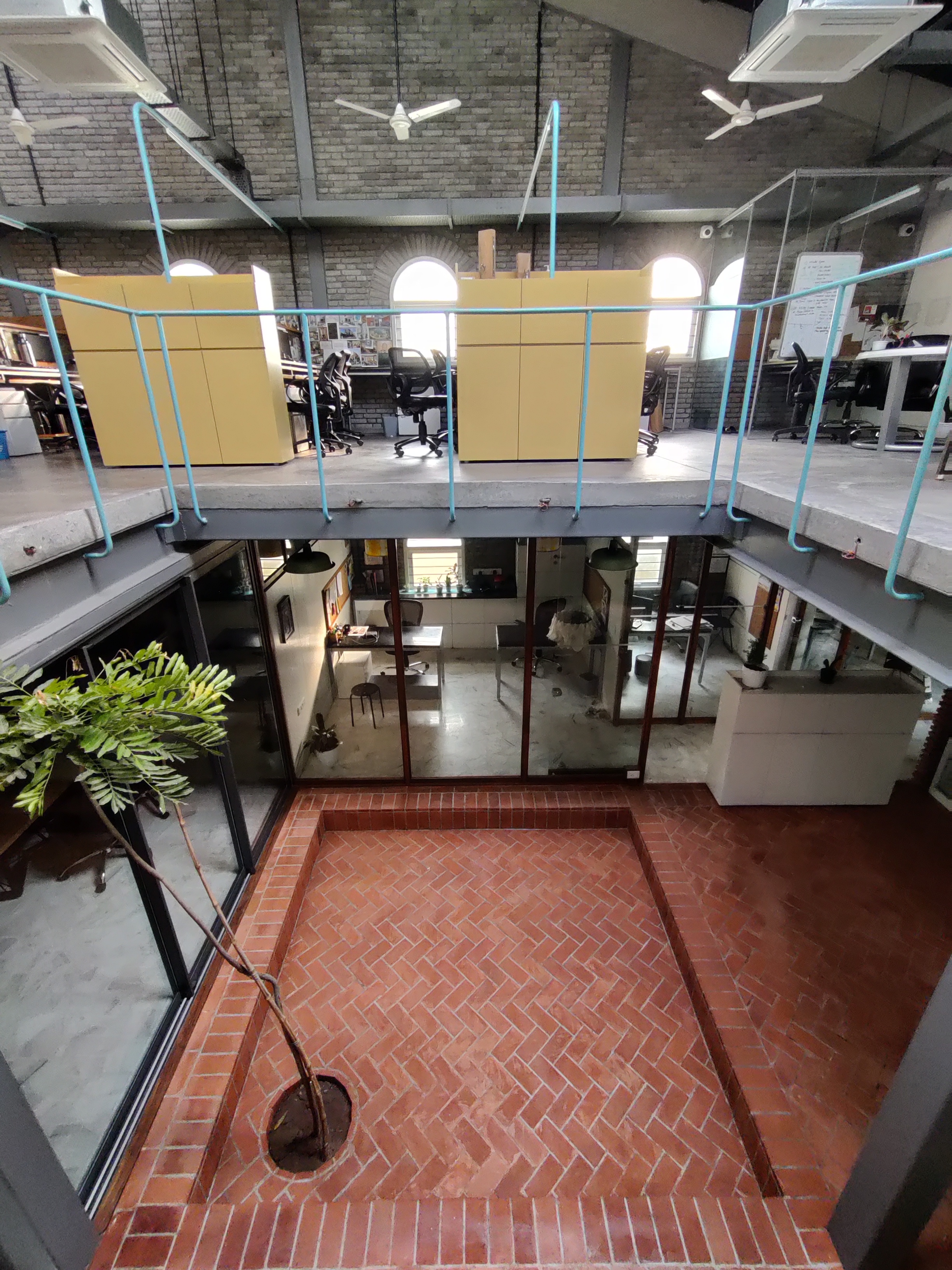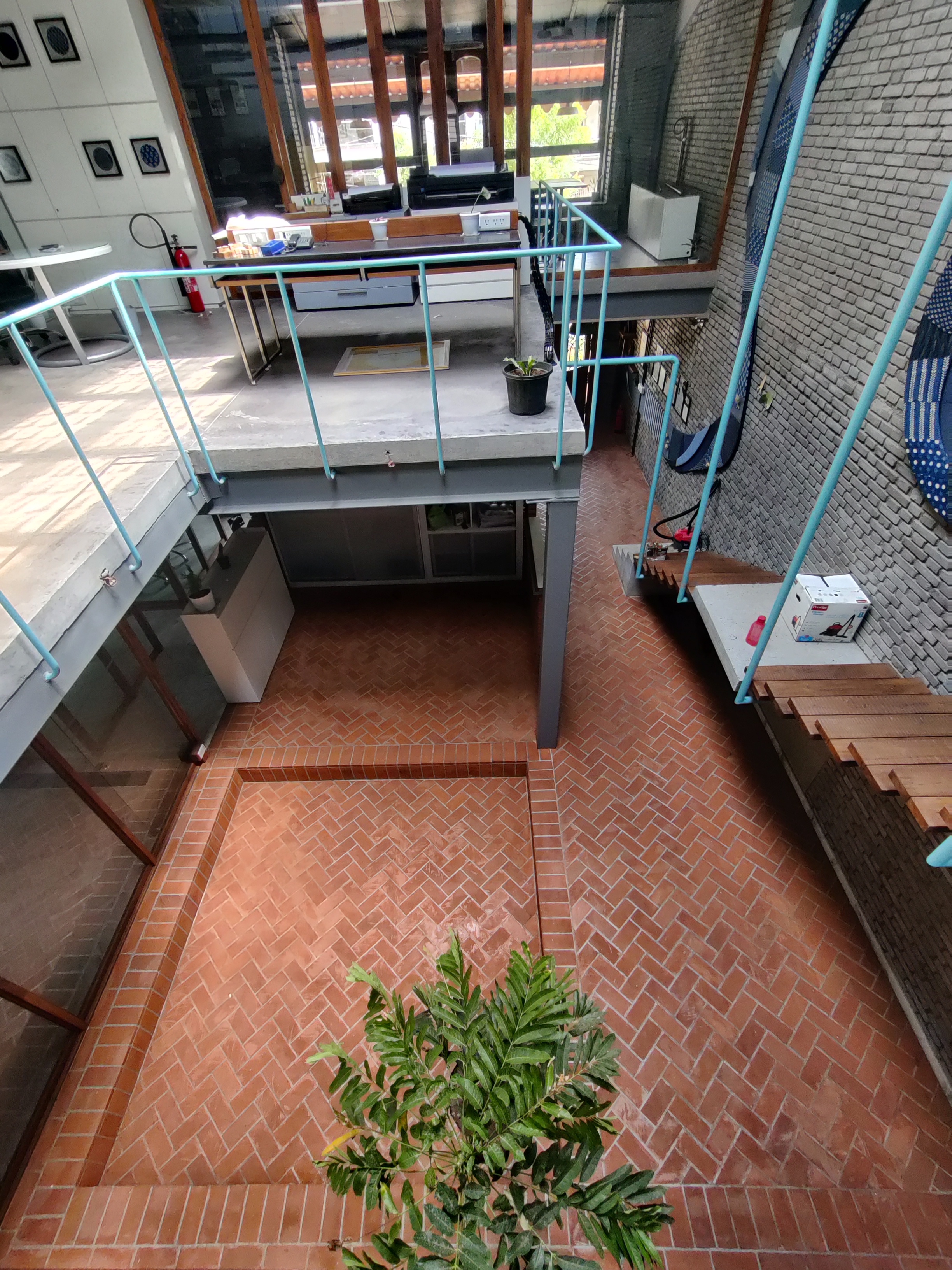Stone Treatment

Stone Treatment
Stone treatment refers to the various processes and methods used to enhance the appearance, durability, and functionality of natural or artificial stone surfaces, such as marble, granite, limestone, or concrete. Here are some key aspects of stone treatment:
-
Cleaning: The first step in stone treatment is typically cleaning the surface to remove dirt, dust, stains, and any existing coatings. This may involve using specialized stone cleaning products.
-
Restoration: If the stone surface has suffered wear and tear, restoration techniques may be employed, including honing, polishing, or grinding to bring back its original luster and smoothness.
-
Sealing: Many natural stones are porous and can be susceptible to stains and water penetration. Sealing involves applying a protective sealant to the surface to inhibit the absorption of liquids and prevent staining.
-
Polishing: Polishing enhances the sheen and smoothness of the stone. This is often used on marble and granite surfaces to achieve a glossy finish.
-
Honing: Honing is a process that creates a matte or satin finish on the stone, removing small surface imperfections while maintaining a natural appearance.
-
Grinding: Grinding is a more aggressive treatment that is used to remove deep scratches, stains, or significant surface damage. It results in a flat, even surface.
-
Stain Removal: For stone surfaces with stains or discolorations, specialized stain removers may be used to restore the stone's appearance.
-
Color Enhancement: In some cases, color-enhancing treatments are applied to bring out the natural color and pattern of the stone, making it more vibrant.
-
Waterproofing: In outdoor applications, waterproofing treatments may be used to prevent moisture damage, efflorescence, and freeze-thaw cycles.
-
Crack and Chip Repair: If the stone has cracks or chips, stone treatment may involve repairs to restore the structural integrity and aesthetics.
-
Anti-Slip Treatments: In areas where slip resistance is essential, anti-slip treatments can be applied to stone surfaces to improve safety.
-
Maintenance Plans: A well-maintained stone surface may require periodic upkeep. Maintenance plans can be established to ensure the longevity of the treated stone.
Stone treatment is essential for preserving the beauty and functionality of stone surfaces, whether they are part of interior design, architectural elements, or outdoor hardscapes. The choice of treatment methods depends on the type of stone, its intended use, and the specific needs of the surface.



